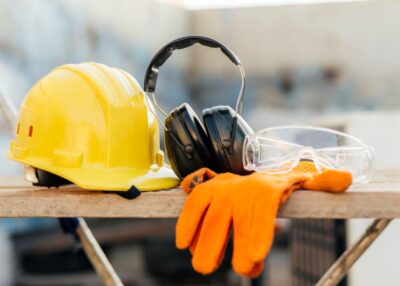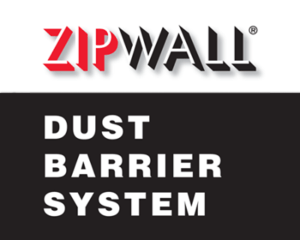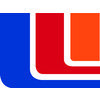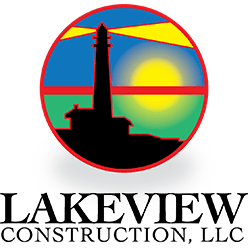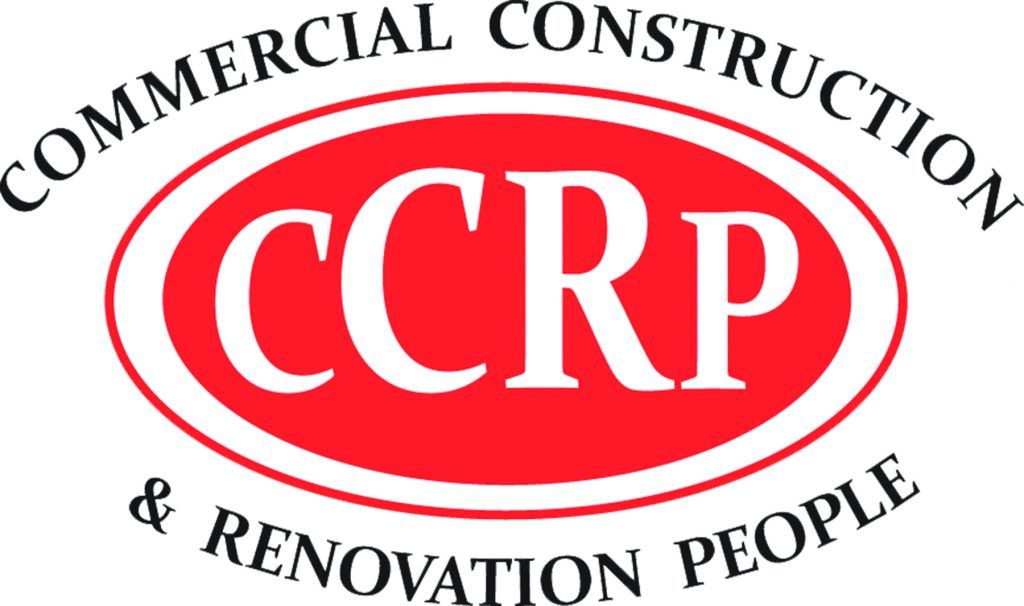Of all the places to work in the world, construction sites, without a doubt, can be the most hazardous. As per statistics released by the Government of Canada, 18,131 disabling work-related injuries were reported in the year 2022 – a figure that was 10.9% higher than it was in 2021.
This figure alone highlights the importance of taking a safety-first approach at construction sites. Fortunately, innovations in the equipment and machinery used at job sites is bringing about a sweeping change in the way safety is managed.
Construction site accidents can be reduced by integrating cutting-edge technology with strategic safety practices, thus ensuring all-round worker protection. That said, let’s talk about six forward-thinking methods that are making construction sites safer than they have ever been.
- Enhance Site Safety with Advanced Material Handling
Material handling on construction sites is complex business. One mistake and it could lead to a serious injury. Issues such as accidents, fatigue and even musculoskeletal disorders are not uncommon, especially if the material is handled manually. However, certain modern technologies can reduce the dependence on manual labor and consequently decrease the risk of injuries.
- The Role of Conveyor Systems in Reducing Manual Handling Risks: Equipping construction sites with belt conveyors is an effective way to improve efficiency and safety. Designed to streamline material movement across different locations at the jobsite, these systems can prevent strain-related injuries which are common during manual lifting of material. Furthermore, modern conveyor systems come with advanced safety features such as load sensors, protective guards and emergency stop functions, which further reduce the possibility of hazards.
- Implementing Smart Load Distribution: Smart tech has found its way to the construction sector in the form of advanced load distribution systems. Consisting of hydraulic balancers, load sensors and AI-powered predictive analytics, these systems optimize material handling, thereby minimizing equipment strain and injury risk.
Creation of a safer work environment for the lifting and transportation of heavy material can boost energy efficiency as well as construction workflows.
- Improve Fall Protection Strategies
One of the leading causes of injury on a construction site, falls can be fatal. This makes it critical to implement robust fall strategies. While there are several ways to do that, starting small and simple with basics such as PPE kits, guardrails and safety nets can make a world of difference.
- Personal Protective Equipment (PPE) Upgrades: Upgrading the PPE kits of your workers can help you prevent accidental falls. Most modern kits come with advanced harness systems that have impact indicators and self-retracting lifelines built in. They also feature smart helmets that give out real-time safety alerts, thus averting possible disasters.
- Use of Safety Nets and Guardrails: Apart from PPE kits, safety nets and guardrails can be very effective in enhancing jobsite security. Safety nets reduce fall impact by serving as a secondary layer of protection while guardrails (permanent or temporary ones) can prevent falls when installed on scaffolding, open edges and stairways.
A combination of these fall protection measures can be a contributing factor in the significant reduction of construction site accidents.
- Utilize Aerial Equipment for Safe Work at Heights
Though scaffolding and ladders are commonly used for work at heights, they are not the safest option. They can be unstable, difficult to climb and generally do not offer protection against falls owing to their open nature. Instead of succumbing to the risks they pose, it’s better to use aerial work platforms and ensure workers are trained to use them properly.
- Safe Access to Elevated Work Areas: Construction sites often require working at heights and aerial lift platforms can be useful in accessing high structures with utmost safety. Built with safety features, most aerial lifts come with insulated baskets, guardrails, stabilizers and remote controlled operations so workers can navigate uneven terrains, tight spaces and high-voltage work environments without inviting any risk of falls, injuries or accidents.
- Training Workers for Safe Operation: While there’s no denying that aerial lifts make construction sites safer, it is important to know how to use them correctly. This will help workers make the most of their safety features while equipping them with the knowledge of emergency functions. Supervisors must conduct proper training programs for workers so they can learn the ropes of aerial lifts without causing any mishaps.
Aerial lift platforms have been a modern-day breakthrough in ensuring worker protection on job sites. They are a must-have for all construction projects.
- Integrate Smart Wearable Technology
Smart wearable devices have come a long way in terms of detecting and preventing possible accidents. There are multiple options to choose from such as vests, watches and helmets among others. Whether used in combination or individually, each of these wearables have advanced safety tools to offer.
- Real-Time Monitoring for Worker Safety: Built with GPS, heart rate and blood monitoring sensors, wearable devices can be used to keep track of the health of your employees. Their in-built location trackers can ensure your workers are in safe and protected areas of the site.
- Wearables for Fatigue and Stress Detection: Wearable devices such as smart watches come with stress detection features, which can be used to ensure your workers get proper rest and breaks between work.
Smart devices are also capable of sending hazard alerts in real-time, which makes them very handy in situations of emergency.
- AI-Powered Safety Inspections
AI has been a transformative force in ensuring construction safety by enabling automated safety audits backed by data-driven risk management.
- Automating Safety Audits with AI: From drones to IoT sensors and computer vision, AI powered systems can conduct real-time inspections of job sites, detecting potential hazards, malfunctions and weaknesses so that their dangers can be avoided.
- Data-Driven Risk Management: AI systems are capable of analyzing historical data, which they then use to predict the chances of potential risk. This can help you prevent hazards as well as implement targeted safety measures.
Using AI to your advantage can also help in minimizing downtime while improving safety overall.
- Implement Predictive Maintenance for Equipment Safety
Identifying potential equipment failures helps in avoiding accidents and unnecessary downtime before these issues can arise.
- Preventing Equipment Failure: Employing AI-powered IoT sensors and diagnostics for predictive maintenance can help you detect machine wear and tear in time to avert breakdowns, thereby reducing accidental risks.
- Real-time Machine Monitoring: Connecting sensors to your machinery can help you monitor equipment health in real-time. Instant alerts of overheating, irregular performance etc. enables you to take immediate corrective action, ensuring the machine operates safely.
Conclusion
Advanced technological solutions are transforming construction site safety across the board. Integrating smart technology such as AI, conveyor belts, aerial lift platforms etc. can help you reduce the occurrence of accidents while enhancing efficiency and ensuring the creation of a safe environment for all workers.


